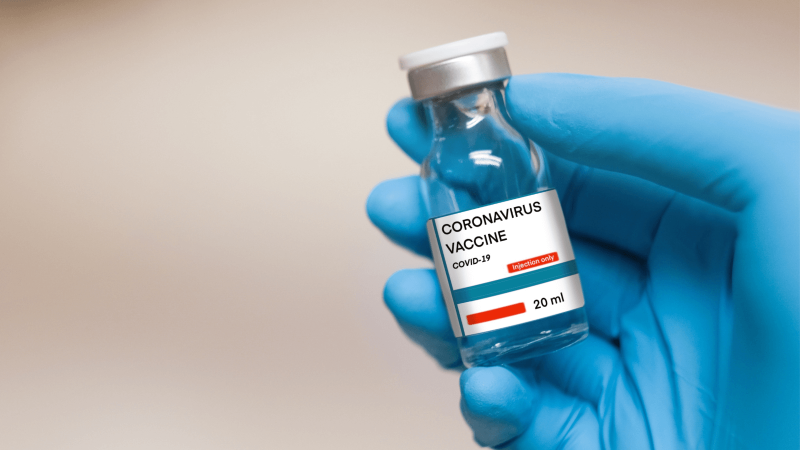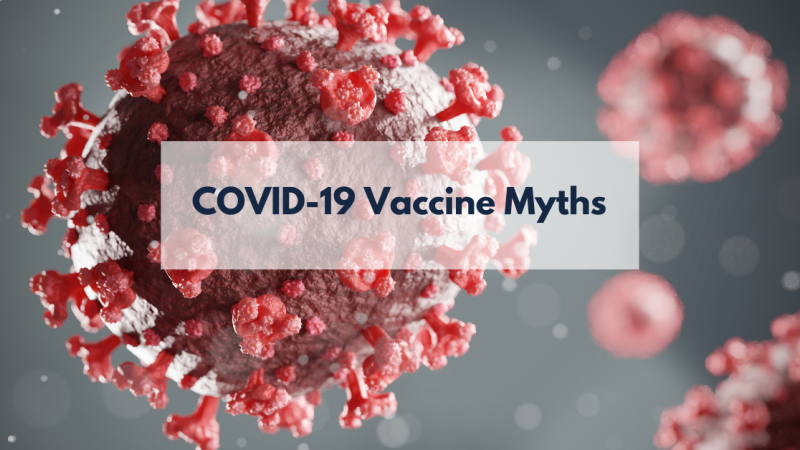
Over the years, vaccines have saved millions of lives. They helped stave off mumps, block polio, push back diphtheria, and eradicate smallpox. The practice of immunisation dates back centuries. Buddhist monks used to drink snake venom to confer resistance to a bite. In the 17th century, Chinese doctors used to smear a skin tear with cowpox to confer immunity to smallpox (also called variolation).
A hundred years later, English doctor Edward Jenner created the world's first vaccine to protect people against smallpox, again by infecting them with the much less dangerous cowpox virus. Jenner used the Latin word for the cowpox virus – ‘vaccinia’ – to create a name for his new protective treatment. It worked because people who had been infected with cowpox became immune to smallpox.
Perhaps the most well-known vaccine experiments are those of Louis Pasteur in the 19th century. They led to the first vaccines for chicken cholera, for anthrax which was successfully used in sheep, goats and cows, and for protecting humans against rabies.
What is a vaccine?
Vaccines are a unique weapon against infections. They help train the body’s immune system to recognize and combat specific bacteria or viruses. They work by introducing parts of a disease-producing agent into the body to trigger an immune response. Because vaccines only introduce weakened, inactivated or fragments of the infectious agent, the immune system can safely learn to recognize them as hostile, produce antibodies, and remember them for the future. After that, when the bacteria or virus infects naturally, the immune system is prepared. It can immediately recognize and suppress the infection before it can cause disease.
With the COVID-19 pandemic, and the race to find a solution to the crisis, a new type of vaccine is in the spotlight. The first two vaccines developed and authorised against SARS-CoV-2 are RNA vaccines (Pfizer-BioNTech and Moderna vaccines).
What is an RNA vaccine?
Unlike previous vaccines, they don’t contain whole microbes or even fragments. They are made of a genetic sequence, a messenger RNA (mRNA), with the information to produce a protein, in this case, of the coronavirus. The mRNA is wrapped up in a fatty layer, a lipid capsule, to protect the mRNA. When injected, the mRNA enters the host’s cells where its message is ‘read’, making the cells produce proteins based on the information on the mRNA. In this case, they make a coronavirus protein. The coronavirus protein floating around the body acts just like every other vaccine and stimulates the immune system.
Adjuvants are substances sometimes added to vaccines to increase their effectiveness. Unfortunately, they can also sometimes cause side effects. RNA vaccines have the advantage of inducing a strong immune response without the need for adjuvants. RNA is chemically similar to DNA but much more fragile. It is only present for a very short time in the cell because it is recycled quickly. It doesn’t alter the host DNA nor does it stay in the body for long periods of time.
RNA vaccines are not only easier and faster to manufacture than conventional vaccines, but they are also easier to adapt. This is a clear advantage in the context of a pandemic. Conventional vaccines usually require expensive and time-consuming steps. The target virus needs to be cultured in a lab. With the RNA vaccine mRNA can be produced and packaged in very little time. And if the virus evolves, the vaccine can be easily adapted by simply changing the sequence to fit the mutation. This is a huge improvement.
Moderna, for example, managed to create a vaccine within just four days of receiving the SARS-CoV-2 genome sequence. Collaborating with the US National Institutes of Health, the company then ran proof-of-concept experiments in mice before kicking off first-in-human testing in a span of just two months.
When was the RNA vaccine first invented?
The idea for RNA-based vaccination dates back to the 1990s. At the time, researchers in France first used RNA encoding a flu virus in mice. It produced a response, but the lipid delivery system used at the time proved too toxic to use in people. It would take another decade for companies to develop the safe lipid capsules used today.
The first RNA vaccine, as we know them today, was developed in 2012. Scientists successfully vaccinated rats against a respiratory virus. About a year after that, a new strain of avian influenza – bird flu – appeared. Scientists at Novartis’s US research hub in Cambridge, Massachusetts decided to put their new vaccine to the test. In less than a week they were able to synthesize the RNA for the vaccine, assemble it and test it in cells. A week later they were testing it in mice.
The development happened at a breakneck speed. The Novartis team achieved in one month what typically takes a year or more. But at the time, the ability to manufacture clinical-grade RNA was limited and unfortunately, the research was halted in 2015 when Novartis sold its vaccines business. The work was never tested on people.
However, two smaller firms continued to work on RNA vaccine technology. One was CureVac in Tübingen, Germany, which began human testing of a rabies vaccine in 2013. The other was the now famous Moderna, who managed to bring an RNA-based vaccine for a new strain of avian influenza into clinical testing in late 2015. It created strong enough immune responses that the company moved ahead with human trials of RNA vaccines for the cytomegalovirus (a common cause of birth defects), two mosquito-borne viruses (chikungunya and Zika) and three viral causes of respiratory illness in children. GlaxoSmithKline, which had acquired most of Novartis’s vaccine assets, also began evaluating an RNA-based rabies vaccine in 2019.
By the beginning of 2020, about a dozen RNA vaccine candidates had been tested in humans. Four had been abandoned after initial testing. The cytomegalovirus RNA vaccine was the only one that had progressed to a larger, follow-on study.
It took a global pandemic and the emergency fast-tracking of the technology, for RNA vaccines to prove their worth. They are now on the front lines in the fight against COVID-19 after winning approval from regulators in several countries around the world.
What is the future of RNA vaccines?
The era of RNA vaccines has arrived. Although some companies are sceptical about the pandemic hype that surrounds the technology, most are getting in the game.
“All of the major pharmas are, in one way or the other, now testing out the technology,” says Jeffrey Ulmer, former head of preclinical research and development at GlaxoSmithKline’s vaccine division, and before that at Novartis.
Their use is not only limited to COVID-19. RNA vaccines could lead to solutions for particularly recalcitrant diseases, such as tuberculosis, HIV and malaria. Researchers at the University of Pennsylvania Perelman School of Medicine in Philadelphia are taking advantage of how easy RNA vaccines are to make and change to test many different dengue virus vaccines. Richner and his colleagues routinely chop and change the gene sequence encoding the envelope protein that the dengue virus uses to launch its attack on human cells. By repeating the process and developing their design, the researchers tested around 15 vaccine candidates in mice.
The benefits of such vaccines are not only limited to infectious diseases. An RNA vaccine has already proved successful against multiple sclerosis, an autoimmune disease. In a mouse model, the RNA vaccine delayed the onset of the disease and reduced the severity of the symptoms.
The technology could also improve current vaccines. RNA vaccines could include instructions for multiple antigens for example. This could be particularly useful for very variable pathogens such as the influenza virus. Norbert Pardi, a vaccine scientist, was able to make a flu vaccine with four RNA strands, each encoding a different influenza protein. The multiplex vaccine successfully protected mice from infection with one particular subtype of the influenza virus.
We are only at the beginning of what seems to be one of the major discoveries of the century in terms of fighting immune and infectious diseases. The role of RNA-based technology in battling the COVID-19 pandemic is just starting but we can hope for more ground-breaking discoveries to come.
Last edited: 29 July 2022 10:17



